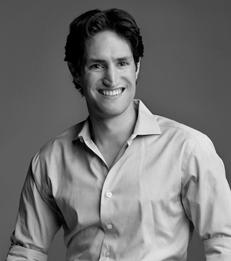Opinion
Why People Mistake Good Deals for Rip-offs
—


We’re swayed by all the wrong cues, and our valuation estimates are correspondingly incoherent.
By Adam Alter
Last Saturday, an elderly man set up a stall near Central Park and sold eight spray-painted canvases for less than one five-hundredth of their true value. The art works were worth more than two hundred and twenty-five thousand dollars, but the man walked away with just four hundred and twenty dollars. Each canvas was an original by the enigmatic British artist Banksy, who was approaching the midpoint of a monthlong residency in New York City. Banksy had asked the man to sell the works on his behalf. For several hours, hundreds of oblivious locals and tourists ignored the quiet salesman, along with the treasure he was hiding in plain sight. The day ended with thirty paintings left unsold. One Banksy aficionado, certain she could distinguish a fake from the real thing, quietly scolded the man for knocking off the artist’s work.
Normally, Banksy has no trouble attracting customers. Five years ago, two of his pieces were sold for more than three million dollars combined. It would take the elderly man in Central Park almost twenty years to amass the same lofty sum. What makes Banksy’s subversive stunt so compelling is that it forces us to acknowledge how incoherently humans derive value. How can a person be willing to pay five hundred times more than another for the same art work born in the same artist’s studio?
Read the full article as published in The New Yorker.
___
Adam Alter is an Assistant Professor of Marketing with affiliated appointment in the Psychology Department.
Normally, Banksy has no trouble attracting customers. Five years ago, two of his pieces were sold for more than three million dollars combined. It would take the elderly man in Central Park almost twenty years to amass the same lofty sum. What makes Banksy’s subversive stunt so compelling is that it forces us to acknowledge how incoherently humans derive value. How can a person be willing to pay five hundred times more than another for the same art work born in the same artist’s studio?
Read the full article as published in The New Yorker.
___
Adam Alter is an Assistant Professor of Marketing with affiliated appointment in the Psychology Department.
